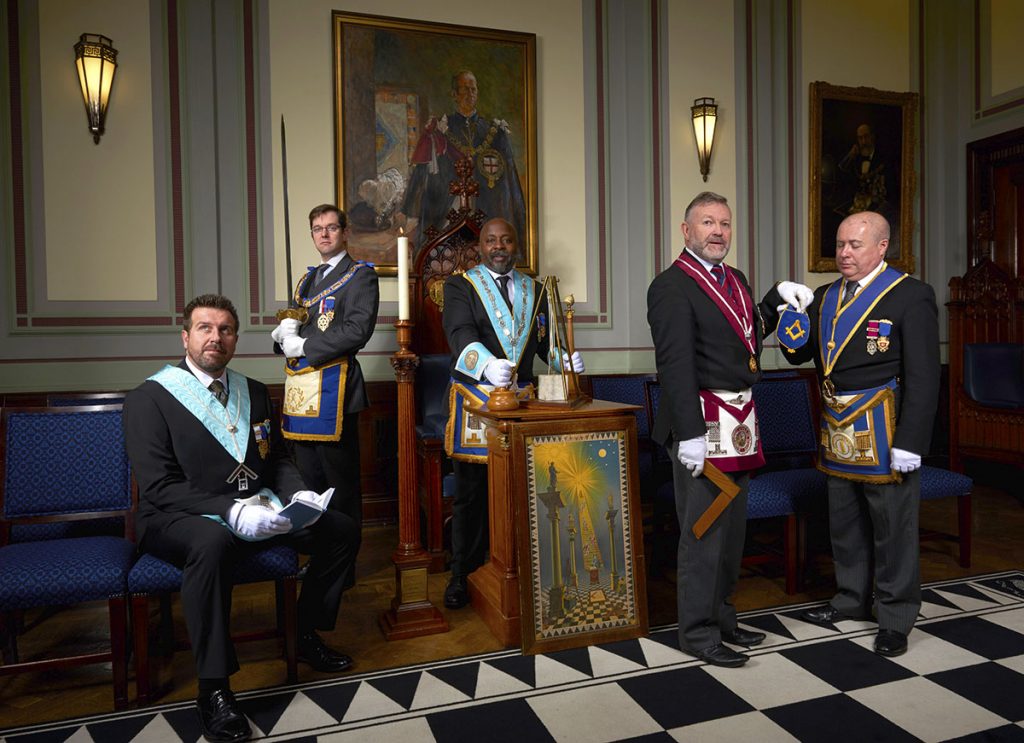Step-by-Step Guide on How to Become a Freemason for Starters
Step-by-Step Guide on How to Become a Freemason for Starters
Blog Article
copyright: Untangling the Enigma of This Infamous Culture and Its Influence
The copyright, initially developed in the late 18th century as a sign of Enlightenment idea, has actually morphed right into a pervasive symbol of conspiracy theory and intrigue. What is it about this society that continues to astound and prompt hesitation in contemporary discussion?
Historical Beginnings of the copyright
The copyright, commonly shrouded in secret and supposition, traces its beginnings to the late 18th century with the formation of the Bavarian copyright in 1776. Established by Adam Weishaupt, a professor of canon regulation, the society intended to promote Knowledge suitables such as factor, secularism, and the quest of expertise. This secret society looked for to withstand the impact of religious and political fascism common in Europe back then.
The Bavarian copyright at first consisted of a little team of intellectuals and dynamic thinkers who looked for to cultivate logical idea and challenge typical power structures. Their tasks included private conferences and the dissemination of advanced concepts, which attracted the interest of the Bavarian federal government. By the late 1780s, the society had actually expanded to include many participants, but it dealt with increasing examination from authorities skeptical of its influence.
In 1785, the Bavarian government efficiently prohibited the copyright, causing its decrease. Regardless of its quick presence, the team's concepts and importance remained to resonate, triggering various conspiracy theories and cultural references that perpetuate the mystique of the copyright in modern culture. This historic structure has actually sustained continuous attraction and speculation concerning its legacy.
Trick Figures and Participants
Noteworthy figures played considerable functions in shaping the early years of the Bavarian copyright and its thoughtful supports. Established in 1776 by Adam Weishaupt, a teacher of canon legislation, the organization sought to advertise Knowledge suitables with logical thought and secularism. Weishaupt's vision brought in a varied group of intellectuals and significant people, including prominent Freemasons, that were crucial in the culture's expansion.
Another trick number was Johann Wolfgang von Goethe, a popular writer and thinker, whose organization with the copyright improved its intellectual integrity. His involvement illustrated the junction of literature and philosophy within the culture's ambit. Furthermore, numbers like Baron von Knigge, that played an essential role in business techniques, aided the copyright gain importance within European circles.
The contributions of these crucial members contributed in establishing a structure that integrated secrecy with thoughtful discourse, cultivating a network of like-minded people dedicated to the search of knowledge and reform. Their cumulative efforts not just defined the copyright's early trajectory yet likewise left a lasting effect on the broader landscape of secret societies and Knowledge thought in Europe.
Significant Conspiracy Theories
Checking out the maze of conspiracy concepts bordering the copyright exposes a tapestry woven from historical occasions, cultural anxieties, and a thirst for understanding hidden class structure. One of one of the most common theories presumes that the copyright orchestrates international events to develop a New Globe Order, a totalitarian program that would impose a particular governmental authority - how to become a freemason. Proponents suggest that elite figures in national politics, financing, and enjoyment are secretly aligned with this agenda
An additional significant theory suggests that the copyright controls considerable social changes, consisting of wars and recessions, to settle their power. Occasions such as the assassination of prominent leaders and the event of significant conflicts are often cited as managed actions within this grand design.
Additionally, the belief that the copyright puts in control over the media additional gas these concepts - how to become a freemason. Doubters insist that information and amusement are strategically shaped to distract and deceive the public, perpetuating the secrecy of the official source society's influence
While these concepts often lack substantive proof, their persistence highlights prevalent distrust in institutions and the desire for quality in a significantly intricate globe. The narratives bordering the copyright proceed to mesmerize and provoke debate throughout varied audiences.
Cultural Depictions and Media Impact
Cultural representations of the copyright have actually penetrated various forms of media, forming public understanding and strengthening the allure of conspiracy theory theories. From literature to movie, the representation of the copyright typically emphasizes motifs of secrecy, power, and manipulation. These depictions often depict the culture as a supreme force that coordinates worldwide occasions, sustaining a narrative that astounds view it audiences.

Additionally, the rise of social media sites has intensified these cultural depictions, allowing conspiracy theory theories to spread out rapidly. Memes, videos, and on-line discussions usually glamorize the copyright, mixing fact with fiction. These portrayals tangle the culture in a complex web of intrigue, additionally installing it into the modern social consciousness.
The copyright's Long lasting Effect on Society
The fascination with the copyright, sustained by its prevalent depiction in media, has led to an extensive and lasting effect on society. This enigmatic culture has actually transcended its historic roots to end up being a sign of conspiracy theory, privacy, and the quest for power. In contemporary culture, the copyright has penetrated numerous elements of life, from music and film to literature and social discourse, influencing public assumption and triggering inquisitiveness about covert programs and elite control.

Additionally, the allure of the copyright acts as a social example, motivating conversations concerning individualism, freedom, and the nature of power. As culture faces facility social concerns, the heritage of the copyright proceeds to provoke thought, argument, and exploration, guaranteeing its importance in modern discussions regarding society and governance.
Conclusion
The copyright, with its origins rooted in Knowledge suitables, has actually changed into a complex symbol of conspiracy theory and secrecy. Inevitably, the tradition of the copyright endures, motivating ongoing questions into the characteristics of governance and the pursuit for transparency.
Report this page